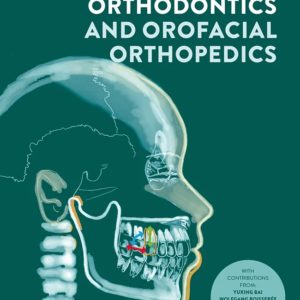Information
This book offers a thorough analysis of the retention and stability of orthodontic treatment results and outlines the keys to effective intervention. Tendencies for stability and relapse of orthodontic treatment are covered for incisor irregularity and Class I, Class II, transverse, and vertical problems, as well as orthognathic surgery outcomes. In addition to cautioning against tooth and jaw movements that have been associated with an increased risk of relapse, the authors discuss the use of fixed and removable retention appliances and outline treatment principles to minimize relapse and the development of potential unwanted effects at the retention stage. The end result is an understanding of how to develop targeted retention plans for individual patients and how to treatment plan long-term stability with strategic insight.
Contents
Section I. Orthodontic retention
Chapter 01. History
Chapter 02. Biological basis for orthodontic relapse
Chapter 03. Orthodontic retention: a review and assessment of the clinical evidence
Section II. Dentofacial treatment stability and relapse
Chapter 04. Long-term changes in incisor irregularity and dental arch form/dimensions with and without orthodontic treatment
Chapter 05. Stability of transverse dimension orthodontic changes: a systematic review and pooled analysis
Chapter 06. Stability and relapse of Class II malocclusion treatment
Chapter 07. Stability and relapse of Class III treatment
Chapter 08. Stability of anterior open bite treatment: some things old, some things new
Chapter 09. Stability and relapse in orthognathic surgery
Section III. Retention protocols and materials
Chapter 10. Acrylic removable retainers
Chapter 11. Fixed retention in orthodontics
Chapter 12. Biomaterials used for fixed retainers in orthodontics
Chapter 13. Fixed-retainers: long-term effectiveness
Christos Katsaros, Theodore Eliades




